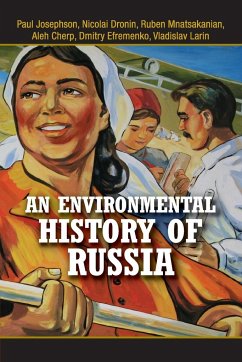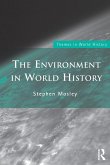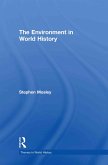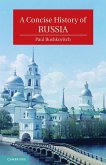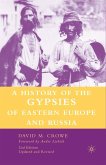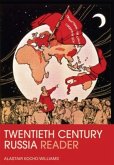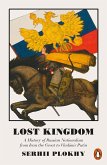The former Soviet empire spanned eleven time zones and contained half the world's forests; vast deposits of oil, gas and coal; various ores; major rivers such as the Volga, Don and Angara; and extensive biodiversity. These resources and animals, as well as the people who lived in the former Soviet Union - Slavs, Armenians, Georgians, Azeris, Kazakhs and Tajiks, indigenous Nenets and Chukchi - were threatened by environmental degradation and extensive pollution. This environmental history of the former Soviet Union explores the impact that state economic development programs had on the environment. The authors consider the impact of Bolshevik ideology on the establishment of an extensive system of nature preserves, the effect of Stalinist practices of industrialization and collectivization on nature, and the rise of public involvement under Khrushchev and Brezhnev, and changes to policies and practices with the rise of Gorbachev and the break-up of the USSR.
'An Environmental History of Russia is the most important English-language environmental study of the former Soviet Union since Douglas Weiner's Models of Nature and A Little Corner of Freedom. Spanning geography; nature preservation; urban, industrial, and agricultural environments; and policies, practices and pollution, the book provides a broad sweep of a country's environmental heritage little known in holistic terms. This is worthwhile reading.' Martin V. Melosi, University of Houston

